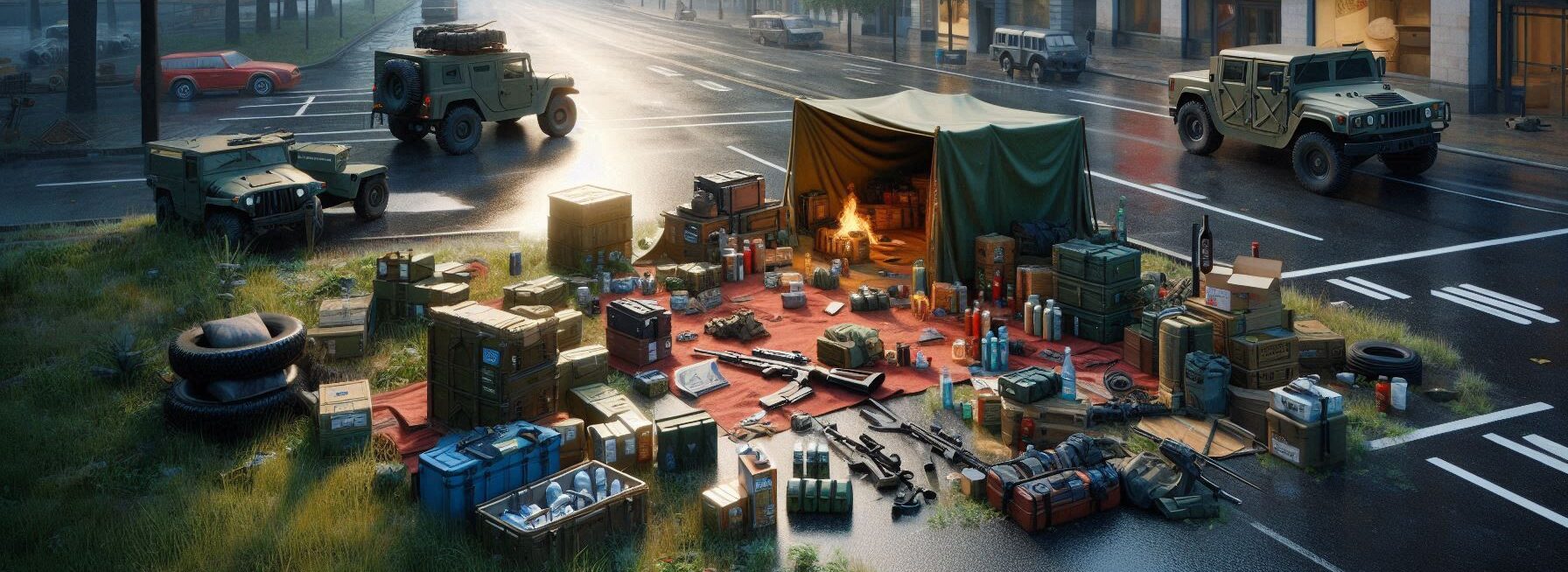Top Takeaways and Key Concepts Secure Heavy Furniture: Anchor bookshelves and cabinets to prevent tipping. Identify Safe Spots: Practice “Drop, Cover, and Hold On” under sturdy furniture. Prepare an Emergency Kit: Include water, food, flashlight, and first aid supplies. Install Earthquake Early Warning Apps: Use tools like ShakeAlert for timely […]
survival tips
Top Takeaways and Key Concepts Choose a reachable, discreet bug‑out location with multiple escape routes. Stock essentials for 72+ hours: water, food, meds, light, and power. Blend in: use low‑profile gear, urban clothing, and avoid visible prepper signs. Preplan communication and rendezvous points with trusted people and backups. Rehearse routes […]
Top Takeaways and Key Concepts Layer Clothing Strategically: Use moisture-wicking base layers, insulating mid-layers, and windproof outer layers. Keep Extremities Covered: Wear insulated gloves, wool socks, and a warm hat or hood. Utilize Natural Insulation: Use materials like leaves, pine needles, or snow to insulate your shelter. Maintain Dryness: Avoid […]
Top Takeaways and Key Concepts Keep pens and paper handy to leave clear messages for family and neighbors. Use walkie-talkies on pre-assigned channels for fast, reliable local communication. Establish simple signaling systems with flags or lights to indicate safety or need. Post updates on community bulletin boards to share resources […]
Top Takeaways and Key Concepts Create a family communication plan using calls, texts, or apps for emergencies. Make a master contact list of family, neighbors, and local emergency services. Establish clear meeting locations near home and farther away for safety. Assign roles based on age, skills, and who stays calm […]





